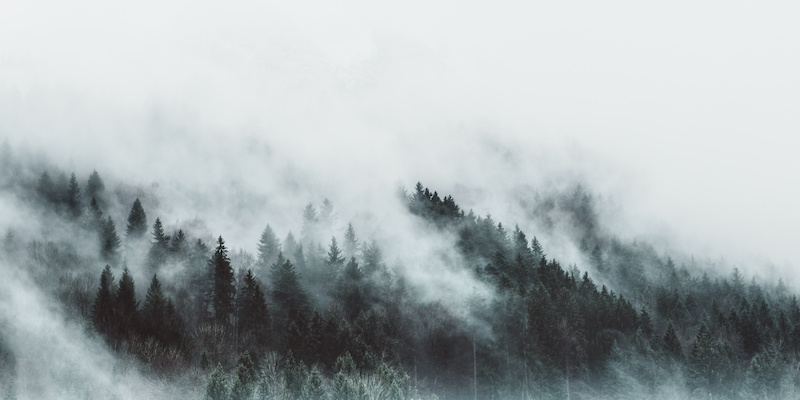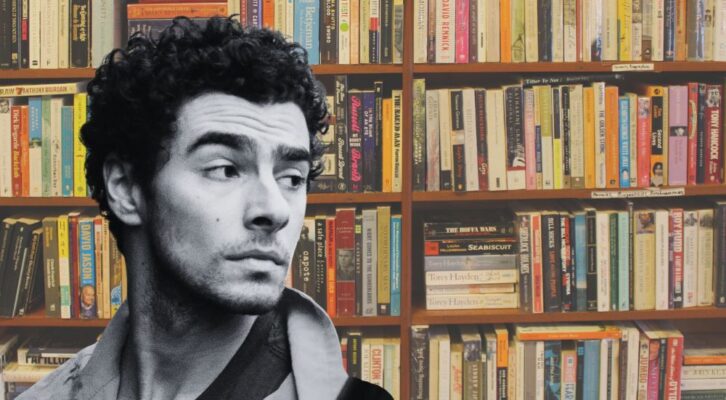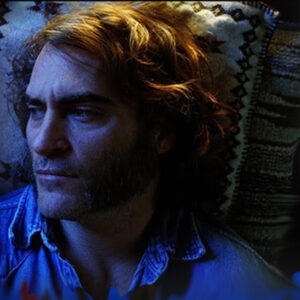I had been thinking a lot about serial killers.
In fact, as I drove through the steep, rugged terrain of northwest Georgia, on my way to Cloudland Canyon State Park, I was listening to a true crime podcast. I think it was an episode about Lawrence Singleton, the “Mad Chopper.”
For months now, I had been slowly wading into true crime documentaries and podcasts, wanting to understand our culture’s fascination with all things murder. While watching one of these documentaries, I had recognized footage of a school where a famous serial killer abducted his final victim. I realized with horror that I’d spent the early years of my childhood just a few blocks away, that I had often played on the grounds of the campus with my siblings.
The murder happened a decade before I lived there and twenty years had passed since, yet I hadn’t been able to stop thinking about the weight of a legacy like that. In retrospect, I could see how the murder had changed my neighborhood and the people who lived there—and how its effects even trickled down to me, subtly shaping my view of the world.
So when I stood thousands of feet in the air and peered over the edge of Cloudland Canyon for the first time, I wasn’t thinking about how breathtakingly gorgeous it was. I wasn’t thinking about how much fun it would be to hike there or about the flora and fauna I might discover.
Instead, I was thinking that this state park would make a terrifying place to be hunted by a serial killer. I imagined the way you’d hear muffled footsteps on the algae-coated stairs of the waterfall trail, glancing behind you into the mist for an unseen figure. I pictured how he might crouch behind a shelf of rock, weapon at the ready. I imagined how he might creep up behind you on the outlook and shove you down into the foggy chasm of the canyon. For hours, I thought about this imaginary murderer as I clambered over lichen-covered rocks, caught my balance against skinny pines. I imagined him as I hiked through the woods, bare trees looming white in the fog.
It was March, it was foggy, and it was clammy-cold in that way of springtime in the South. The fog drifted and danced, almost a living presence. Soon, the boundaries between my imagined killer and his hunting grounds merged, and the place itself took on a sense of menace, of malice, of studied ill-will.
By the time I left the canyon, I already had the beginnings of my next novel in mind. Those early inklings became The Restless Dark, a YA horror/thriller about two girls who team up in a contest hosted by a macabre true crime podcast to find the missing body of a serial killer who leapt to his death in a foggy canyon. One of the girls, Lucy, was his last would-be victim, who barely escaped. The other, Carolina, worried she had more in common with the killers on the podcast than their victims. As they delved deeper into the increasingly sinister canyon, their greatest fears began to play out. It soon became clear that there was a living killer in their midst. It might even be one of them.
I probably wouldn’t have come up with the idea for this book if the canyon hadn’t been full of fog that morning. If it had been a hot and sunny summer instead of misty spring. If I hadn’t had serial killers on the brain. In fact, I went back to the canyon the very next day, and it was beautiful—green hills stretching out forever, early spring flowers, cardinals and tufted titmice singing in the trees. There was nothing menacing about it.
But I had caught the canyon in a moody moment during a moody moment of my own, and it became a projection of my own inner turmoil—my anxiety, my fears (both real and imagined), and my darkest beliefs about human nature.
I’m certainly not the first author to imbue a fictional setting with human darkness. Unsettling landscapes are a hallmark of the gothic, along with decrepit manor houses and their Byronic inhabitants. But, of course, mapping human darkness onto landscape, particularly rural landscape, is not merely a literary technique. It’s something we do all the time when we venture beyond our suburbs and our cities and into unfamiliar terrain.
A few months after my trip to Cloudland Canyon, my spouse and I attended a wedding in the mountains of East Tennessee. We left after dark, we got lost, and our GPS sent us on increasingly dubious roads—two-lane highway to gravel road to winding dirt track. A palpable, oppressive sense of fear grew inside the car as the minutes ticked by. Finally, after half an hour of fruitless rerouting, we stopped on the dirt track, surrounded by shoulder-high brush and the scream of insects. It was pitch black outside. I’d spent the second half of my childhood living in a trailer in the woods, so this setting ought to have felt familiar. Yet an instinctive, illogical terror screamed at me that we were out of bounds, that we were unwelcome—and not only by the people who inhabited this place but by the place itself. By the mountain itself.
We did eventually find our way back to a proper road, and I ran into the gas station to ask for directions. When I told the cashier we were lost, he squinted at me and said, dead serious, that it was impossible to get lost out there. “There’s only one way in and one way out,” he said in a no-nonsense drawl. When we finally made it back to the interstate, I felt as if I’d escaped from some surreal pocket of existence, outside of normal time, normal place. I knew I wanted the setting of The Restless Dark to feel exactly like that.
Soon after, I stumbled across an out-of-context Joan Didion quote that I thought about a lot while writing the book: She said, “A place belongs forever to whoever claims it hardest, remembers it most obsessively, wrenches it from itself, shapes it, renders it, loves it so radically that he remakes it in his own image.”
I became obsessed by the idea that we could remake a landscape in our own image, that the human mind was powerful enough to exert that kind of force. And that idea became a central question of my new book: Do we make place or does place make us?
To an unpracticed eye, a rural landscape is a perfect blend of emptiness and unfamiliarity. It’s like a giant projector screen for our own internal narrative. It becomes whatever we believe about it. In The Restless Dark, I made the internal narrative play out in terrifyingly concrete ways. Lucy smells and hears and senses her would-be killer all over the park, yet she knows he must be dead. Carolina is convinced that there is evil inside her, that she’s going to harm someone, that maybe she already has harmed someone in the canyon. The evidence keeps piling up, but is it real?
A reviewer recently described the setting of The Restless Dark as not only a character in its own right but as an unreliable narrator. I was really taken by the idea that a place could be an unreliable narrator. But I think the reviewer was spot-on. The setting itself is shapeshifting, illusory. It’s only as real as the thoughts in your head, which I’ve often found to be the least trustworthy things in the world.
And yet don’t our thoughts feel true? Truer than trees and rocks and screaming cicadas? Truer than geology, natural history, ecosystems?
Place makes us in ways both big and small—it shapes our language, our occupations, the pace at which we live. But we make it too. With our thoughts and our obsessions, our fears and our desires, we shape the landscape in our own image.
Perhaps if we fear rural spaces, it is because we fear ourselves.
Yet I’d be lying if I said I totally bought this theory. After all, most rural folks will tell you, if you’ve got a bad feeling while you’re out in the wild, you’d better trust it. It seems like human arrogance to think it is only our own psyches that unsettle us in rural spaces. In the end, that’s probably why I write dark fantasy and horror, not realistic thrillers.
Because despite my belief in the power of the human mind, deep down, a part of me knows another truth:
That there are places in this world with minds of their own.
***


















